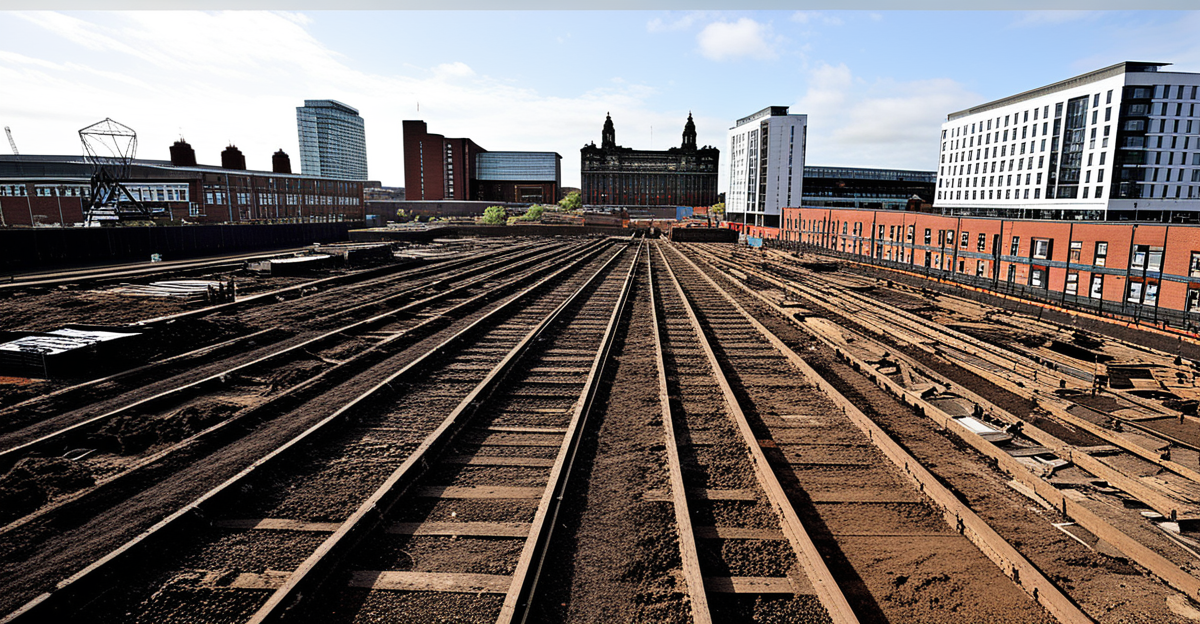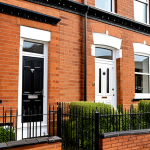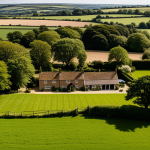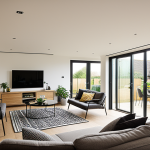Innovative redevelopment approaches for Liverpool’s brownfield sites
Liverpool’s creative brownfield redevelopment is rapidly evolving. Developers increasingly embrace adaptive reuse and mixed-use strategies to transform underutilised industrial sites. These innovative property development strategies combine residential, commercial, and leisure spaces to maximise site potential and community benefit. This approach supports vibrant, multifunctional neighbourhoods rather than mono-use developments.
Another key trend is the integration of sustainable and green solutions. Incorporating renewable energy systems, green roofs, and rainwater harvesting not only enhances environmental performance but also attracts eco-conscious investors and residents. Sustainable techniques reduce long-term operational costs and improve overall project appeal, aligning with Liverpool’s environmental ambitions.
In the same genre : Boosting energy efficiency: essential tips for owners of victorian terraces in manchester
Collaboration plays a pivotal role. Public-private partnerships enable pooling of resources, expertise, and risk sharing. These cooperative models help unlock brownfield opportunities by leveraging government incentives alongside private sector innovation. Partnerships streamline planning approvals and remediation, ensuring timely, cost-effective redevelopment.
In summary, Liverpool’s brownfield success now hinges on combining creative property development, green innovation, and strategic partnerships to unlock the full value of these sites for communities and investors alike.
Also to see : Boosting countryside property value: how digital connectivity transforms uk rural real estate
Successful case studies and lessons from Liverpool brownfield projects
Exploring Liverpool brownfield case studies reveals how carefully executed projects have positively reshaped communities both socially and economically. One notable example is the transformation of the Baltic Triangle area, where creative brownfield redevelopment in Liverpool leveraged old warehouses into vibrant spaces combining housing, offices, and cultural venues. This adaptive reuse not only preserved Liverpool’s industrial heritage but also attracted a diverse mix of residents and businesses, embodying innovative property development strategies in action.
These redevelopment outcomes showcase significant job creation, improved public spaces, and community engagement, making them coveted success stories property development professionals study closely. However, key challenges also surfaced, such as complex site contamination and fluctuating market demands. Overcoming these often involved close collaboration with local authorities and employing phased remediation and development schedules, which helped unlock brownfield opportunities effectively.
From these practical experiences, replicating success in future brownfield developments hinges on understanding site-specific constraints, prioritising community-inclusive design, and maintaining flexible, phased approaches to manage risks. Developers benefit greatly by adopting lessons learned from Liverpool’s case studies, enabling smoother planning approvals and improved financial viability. Ultimately, these success stories highlight the transformative power of innovative redevelopment balanced with pragmatic project management.
Innovative redevelopment approaches for Liverpool’s brownfield sites
Creative brownfield redevelopment in Liverpool relies heavily on adaptive reuse and mixed-use development to breathe new life into underutilised industrial sites. Adaptive reuse transforms obsolete structures into dynamic spaces by preserving historical elements while repurposing buildings for residential, commercial, or cultural use. This strategy not only respects Liverpool’s industrial heritage but also boosts urban vibrancy. Meanwhile, mixed-use development integrates housing, workspaces, and leisure amenities, maximising land efficiency and supporting diverse, active communities.
Innovative property development strategies increasingly include sustainable and green solutions. These range from installing green roofs and solar panels to utilising rainwater harvesting systems. Such features reduce operational costs and enhance environmental credentials, making developments more attractive to investors prioritising sustainability.
Public-private partnerships are pivotal in unlocking brownfield opportunities. Collaboration between local authorities and private developers facilitates better access to funding, technical expertise, and streamlined planning. These cooperative models mitigate risks and accelerate project timelines, ensuring developments meet both economic and social objectives. Together, these inventive approaches position Liverpool at the forefront of pragmatic, forward-thinking brownfield redevelopment.
Innovative redevelopment approaches for Liverpool’s brownfield sites
Creative brownfield redevelopment in Liverpool increasingly revolves around adaptive reuse and mixed-use development as core innovative property development strategies. Adaptive reuse revitalises obsolete industrial buildings by preserving historical character while converting them into functional residential, commercial, or cultural spaces. This preserves Liverpool’s heritage and supports urban vibrancy. Mixed-use development complements this by integrating multiple uses—housing, offices, and leisure—to maximise land utility and foster dynamic communities.
Integrating sustainable and green solutions plays a crucial role in unlocking brownfield opportunities. Developers incorporate renewable energy technologies like solar panels, green roofs, and rainwater harvesting systems to lower operational costs and boost environmental appeal. These sustainable features attract eco-conscious investors and residents, aligning with Liverpool’s ambitions for greener urban spaces.
Collaborative public-private partnerships form another vital element. Through these partnerships, local authorities and private developers share resources, expertise, and risks. This model streamlines planning processes and accelerates project delivery, ensuring innovative property development strategies not only succeed technically but also meet social and economic goals effectively. Together, these approaches exemplify Liverpool’s forward-thinking stance in brownfield redevelopment.
Innovative redevelopment approaches for Liverpool’s brownfield sites
Creative brownfield redevelopment in Liverpool prominently features adaptive reuse and mixed-use development as innovative property development strategies. Adaptive reuse involves converting redundant industrial buildings into functional spaces while preserving their historic character. This approach creates a unique blend of heritage and modernity, enhancing urban vibrancy and community identity.
Mixed-use development integrates residential, commercial, and leisure components on a single site, efficiently utilising limited space. This strategy fosters diverse communities and encourages economic activity beyond traditional zoning limits. These methods are essential for unlocking brownfield opportunities by maximizing land value and social impact.
Equally important is the integration of sustainable and green solutions. Incorporating renewable energy installations, such as solar panels and green roofs, helps reduce operational costs and environmental footprints. Rainwater harvesting systems further contribute to resource efficiency, appealing to environmentally conscious investors and residents aligned with Liverpool’s sustainability goals.
Finally, collaborative public-private partnerships act as catalysts in effective redevelopment. By pooling expertise, funding, and resources, these partnerships accelerate project delivery and reduce risks. This cooperative model eases planning hurdles and aligns stakeholder interests, ensuring innovative property development strategies are not only visionary but also feasible and socially beneficial.







